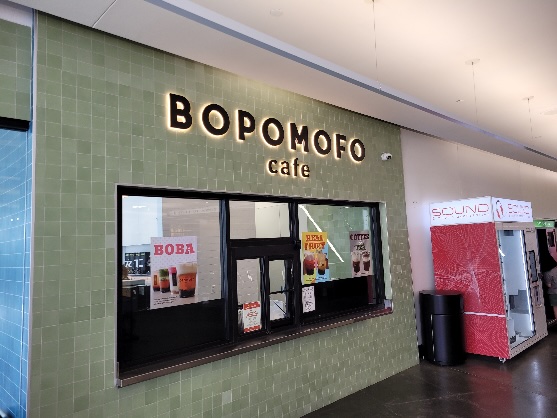The Heisig method for learning sinographs
I Used to Know How to Write in Japanese:
Somehow, though, I can still read it
Marco Giancotti, Aether Mug (August 14, 2025)
During the last thirty to forty years, two of the most popular dictionaries for mastering sinographs were those of James Heisig and Rick Harbaugh. I was dubious about the efficacy of both and wished that my students wouldn't use them, but language learners flocked to these extremely popular dictionaries, thinking that they offered a magic trick for remembering the characters.
The latter relied on fallacious etymological "trees" and was written by an economist, and the former was based on brute memorization enhanced by magician's tricks and was written by a philosopher of religion. Both placed characters on a pedestal of visuality / iconicity without integrating them with spoken language.
I have already done a mini-review of Harbaugh's Chinese Characters and Culture: A Genealogy and Dictionary (New Haven: Yale Far Eastern Publications, 1998) on pp. 25-26 here: Reviews XI, Sino-Platonic Papers, 145 (August, 2004). The remainder of this post will consist of extracts of Giancotti's essay and the view of a distinguished Japanologist-linguist on Heisig's lexicographical methods.
Read the rest of this entry »

